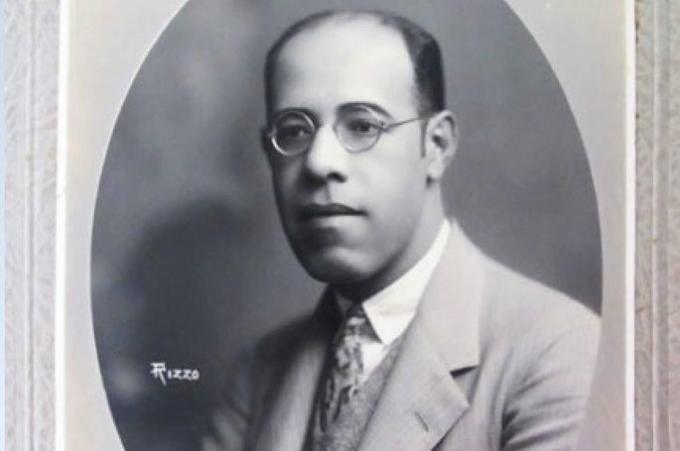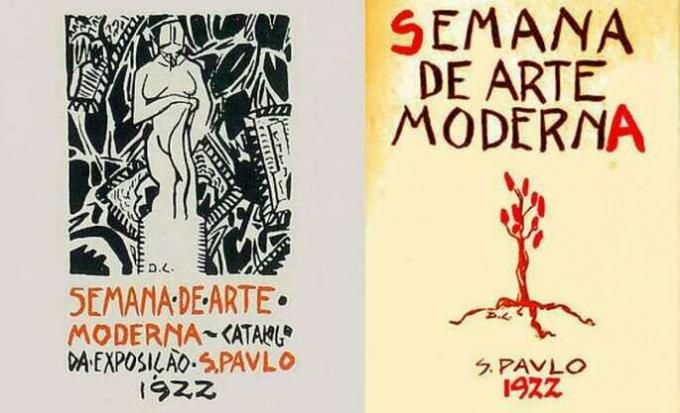The most prominent artistic movements that took place in the 20th century are: expressionism, fauvism, cubism, abstractionism, dadaism, surrealism, op art and pop art, the latter being the transition to contemporary art.
Art movements are currents of art in which a group of artists share the same ideas, both aesthetically and ideologically, and unite with common goals. Generally speaking, they have a duration that can vary from months to decades.
1. Expressionism
Expressionism bears that name in Germany between 1905 and 1906, with Ernst Ludwig Kirchner (1880-1938), Erich Heckel (1883-1970) and Karl Schimidt-Rottluff (1884-1976). They created the group Die Brücke, which translates as “The Bridge”.
The main idea in this aspect was highlight conflicting feelings and difficult ones such as pain, anguish, violence and depression, which surrounded the period. For this, they used intense colors and distorted human forms, approaching caricature, but in this case without the humorous content.
The movement was still a
reaction to impressionism, which sought to work the luminosity in bucolic scenes, in which the characters did not exhibit great emotional charge.The pioneering artists of expressionism are Vincent van Gogh (1853-1890) and Edvard Munch (1863-1944), who in the end from the 19th century already worked the theme of human suffering on their canvases using intense colors and strong charge dramatic.

2. Fauvism
Fauvism was a movement whose main characteristics were the use of pure colors, often used the way they came out of paint tubes; in addition to spontaneous color combinations, without any commitment to reality.
The Fauvists also portrayed things and people in a simple way, reducing forms and just hinting figures.
The name given to the group came after an exhibition held at the Salon d'Autumn, in Paris, at the beginning of the century, in 1905.
The art critics who went to such an exhibition were faced with canvases full of intense colors and that brought a certain boldness. Thus, they did not understand the purposes of the artists and made harsh criticisms, calling the young painters of les fauves, which in Portuguese is translated as “the beasts” or “the barbarians”.
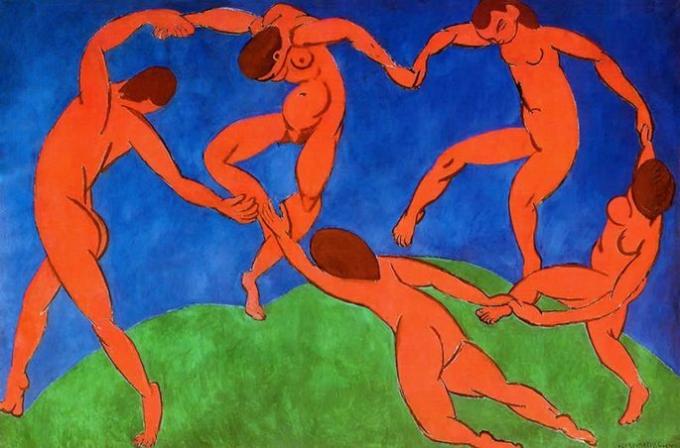
The greatest representative of this movement was Henri Matisse (1869-1954), but there were other Fauvists such as André Derain (1880-1954), Maurice Vlaminck (1876-1958) and Othon Friesz (1879-1949).
It is noteworthy that these artists greatly contributed to the use of pure colors and simple shapes in design.
3. Cubism
Cubism was a movement in which the greatest interest was in portraying the reality in a fragmented way, that is, separating parts of an image and composing again.
The intention was to present a scene showing all angles of it, as if the shape were “open” on the canvas surface.
Obviously the resulting images had no fidelity to the real world, and ended up featuring many geometric shapes such as cubes and cylinders, hence the name “cubism”.
The creators of this current were Pablo Picasso (1881-1973) and Georges Braque (1882-1963), with Picasso being the first to create a cubist composition, the painting Les Demoiselles d'Avignon, in 1907.
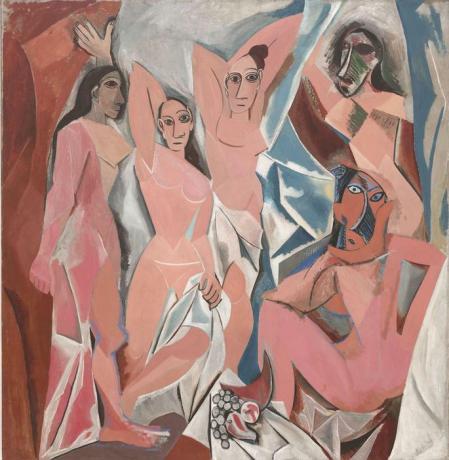
The two developed the style into two streams, analytic Cubism, which worked with neutral, somber colors in order to highlight deconstructed forms; and synthetic cubism, when one decides to return to the representation of more easily recognizable figures.
4. abstraction or abstract art
In abstract art, or abstractionism, artists free themselves from the commitment to figurativeness, that is, they start to create images where there is no representation of any recognizable figure.
The first painter considered abstract was Wassily Kandinsky (1866-1944), a Russian who was enthusiastic about music and decided to use it as an inspiration for his canvases.
Its purpose was to transmit the “musical atmosphere”, bringing the viewer into contact with shapes, colors and lines.
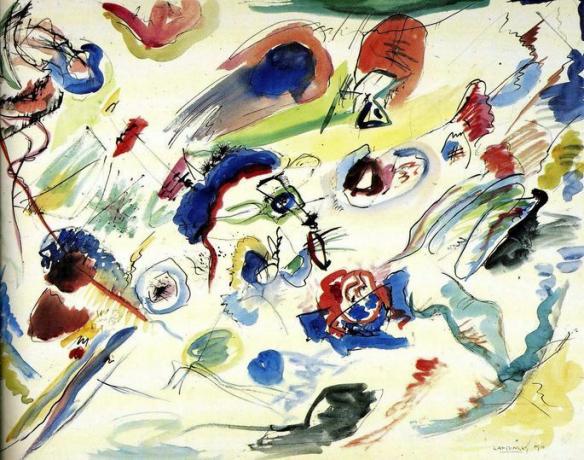
Other prominent artists in the movement are Vladimir Tatlin (1885-1956), responsible for constructivism; Piet Mondrian (1872-1974) with his neoplasticism and Kazimir Malevich with his suprematism.
5. futurism
Futurism began through a literary manifesto. In 1909, the Italian writer Filippo Tommaso Marinetti elaborated the Futurist Manifesto, in which he exposed the ideological bases of the movement, based mainly on the technological revolution, in the speed and dynamism.
It was an artistic strand aligned with fascist ideas, which were in high demand at that time in Italy. So much so that some of the futurist intellectuals joined the fascist party at one point, which contributed to the movement's decline.
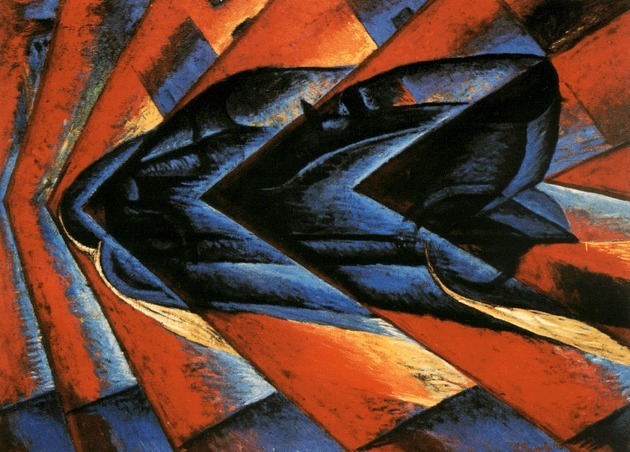
In 1910, plastic arts artists launched a manifesto directed to the arts, which was signed by Umberto Boccioni, Carlo Carrà, Luigi Russolo, Giacomo Balla and Gino Severini.
The works produced exhibited scenes that exalted machines, speed and movement.
6. Dadaism
Dadaism was a movement that sought subvert the logic of art as a way of highlighting the insane times they were living.
The context was that of the First World War (1914-18) and some intellectuals took refuge in Switzerland.
There they founded the Dadá movement, the name chosen by the Hungarian Tristan Tzara when he randomly opened a French dictionary and chose the word “dadá”, which means “little horse”.
The Dadaists sought to convey all the irrational and absurd character of the moment, for this they used the “psychic automatism” as a resource, a way of creating based on spontaneity and chance.
Other striking Dada features are irony, disorder and criticism to the current system.
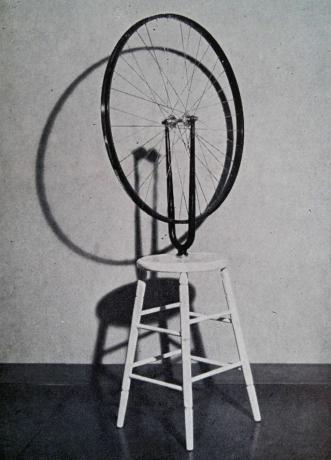
We cite as artists of the movement Hugo Ball (1886-1927), Hans Arp (1886-1966) and Marcel Duchamp (1887-1968), the latter being the most recognized.
7. Surrealism
In 1924, as a result of Dadaism, the surrealist movement emerged in France. The group's idea was to transpose to the screen unconscious images, elaborating scenes that surpassed reality.
Sigmund Freud's psychoanalytic concepts were emerging at the time and were of great inspiration to the surrealists.
They wanted to free themselves from rationalism and allow the flow of imagination, the illogical and the symbolism present in the universe of dreams.

Important names in the sector are: Salvador Dalí (1904-1989), the one with the greatest recognition, Marc CHagall (1887-1985) and Joan Miró (1893-1983).
8. Op art
Op art is a movement that took place in the 60s. Its name comes from the English “optical art”, meaning “optical art”.
The works of this strand aimed to create abstract and geometric compositions that, depending on the angle at which they are viewed, create illusions of tremors and other oscillating shapes.
The most important exhibition of this movement took place in New York in 1965 and was entitled as The Responsive Eye, translated as “The Responsive Eye”, which suggests that it is the viewer's own eye that responds to the work, interpreting it and seeing different compositions.
The main op art artists were Victor Vasarely (1908-1997) and Alexander Calder (1898-1976).
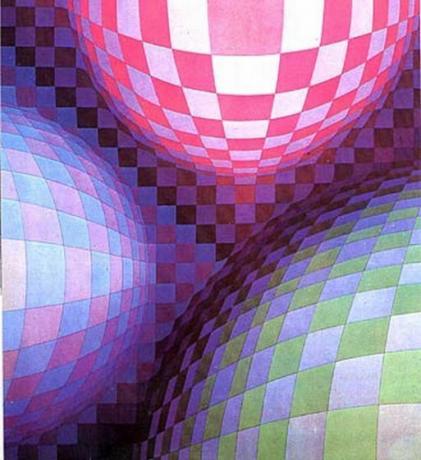
9. pop art
Pop art is the name given to a movement that took place in the 60s in the USA, initially. Later, it spread to other places.
The idea of pop art was to create a type of art that was more connected to people's everyday and practical lives. For this, it was used as inspiration and creative basis the mass culture, present in comics, advertising, cinema and TV.
There was a critical intention in pop art, showing how everyone's life was immersed in an industrial culture, which standardizes things and even people, like celebrities. However, the movement ended up feeding on the very culture it sought to criticize.
The main characteristics of this line were the series production of images, the use of screen printing, reference to movie stars and intense colors.
It is noteworthy that this movement contributed to boosting a new phase in the artistic world, contemporary art.
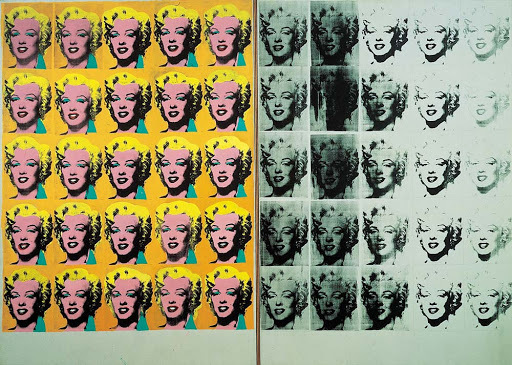
Andy Warhol (1930-1987) was the greatest exponent of pop art, there was also Roy Lichtenstein (1923-1997) and Richard Hamilton (1922-2011), who stood out.
Context of modern art movements
This type of artistic mobilization was the cultural brand of the first half of the 20th century, when the world was going through profound social and economic transformations, in addition to intense conflicts such as the first and second wars.
Thus, the artists, at first in Europe, organized collectively in order to reflect on the events, materializing their ideas through art, in what became known as European vanguards.
The first strands of art considered movements were impressionism and post-impressionism, which took place in the 19th century. They were the ones who laid the foundations for the emergence of the movements of the modern Art.
You may also be interested:
- European vanguards
- Modern Art
Bibliographic references
PROENCIA, Grace. History of Art. São Paulo: Ed. Ática, 2010.
GOMBRICH, Ernst Hans. The history of art. 16. ed. Rio de Janeiro: LTC, 1999.

